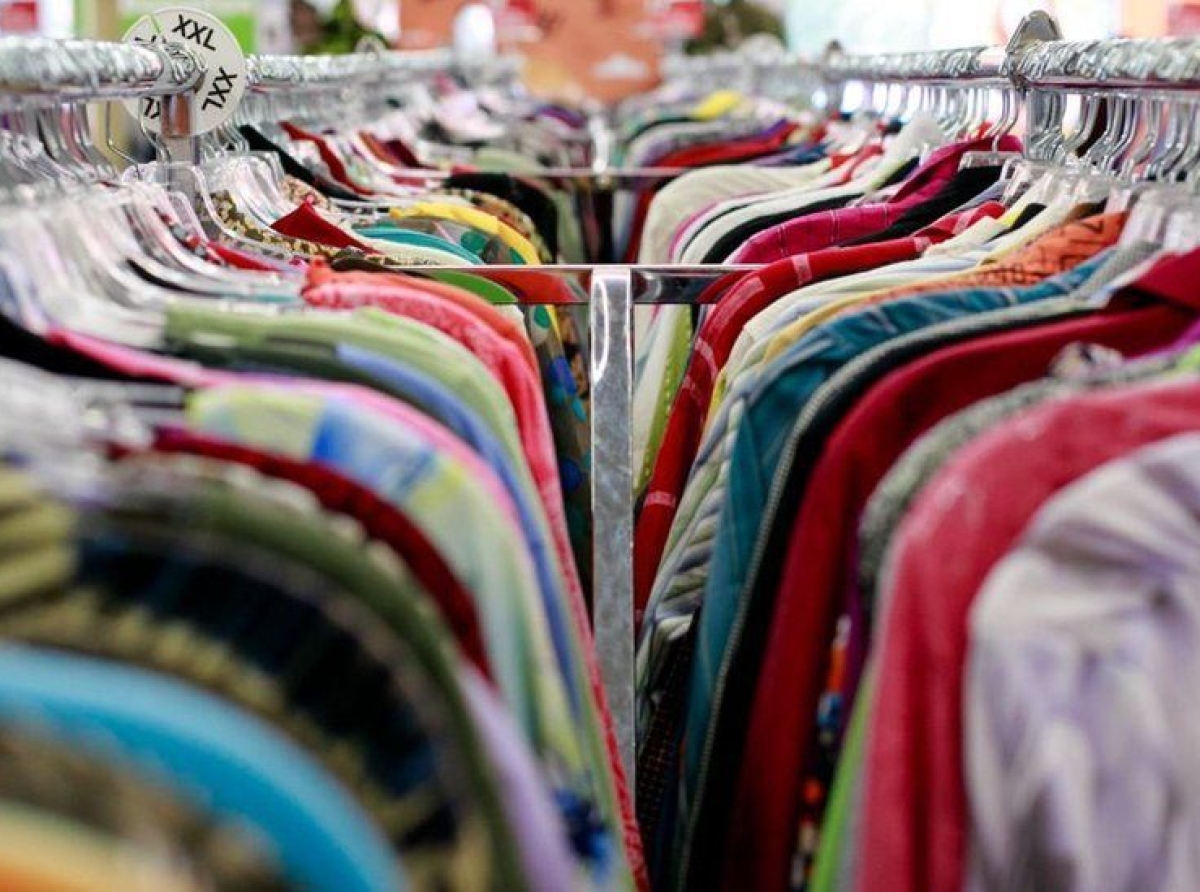EU proposed sustainable fashion legislation & Vietnam's preparedness

03 November2022, Mumbai:
The EU aspires for textile goods to be resilient, recyclable, safe, and made with consideration for both people and the environment by the year 2030. Fast fashion will no longer be a thing, repair and reuse will take the place of disposability, and manufacturers will be held accountable for their products long after the sale. Apparel/Clothing will no longer be disposed of this way, and landfills will no longer include useable clothing that customers mistakenly consider rubbish.
Envisage and envision
The EU aspires for textile goods to be resilient, recyclable, safe, and made with consideration for both people and the environment by the year 2030. Long after the pollution crisis, fast fashion will be history, repair, and reuse will take the place of disposability, and manufacturers will be accountable for the products they create.
The EU unveiled a series of suggestions this week that would alter how the fashion industry functions and bring it in line with sustainable practices. The strategy contemplates & covers the supply chain from design to production and end-of-life, drawing on already-existing frameworks and initiatives while emphasizing several areas that require more investigation.
The European Union is positioning its initiatives in conjunction with the European Green Deal, which aims to make growth sustainable, climate-neutral, and energy- and resource-efficient, as well as the 2020 Circular Economy Action Plan and the 2021 update of the EU Industrial Strategy. According to Euratex, there are over 160,000 businesses in the EU's textile and apparel sector, which employs over 1.5 million people and had revenues of €162 billion in 2018.
Changing trade landscape
The plan comes amid a global shift toward sustainable fashion regulation, which includes brand responsibility (New York's Fashion Act), greenwashing (with the UK and US conducting evaluations in 2022), and garment workers' rights. Many people have praised the EU for recognizing the adverse environmental effects of fashion and the urgent need for laws to control them. Critics contend that it relies too heavily on tried-and-true tactics that might use being more audacious. Therefore, the question of whether it goes far enough has arisen.
Legal framework
Utilization of the voluntary Ecolabel and Green Public Procurement (GPP) standards, established in 2014 and 2017, respectively, is recommended for businesses. In addition to these standards, the EU intends to create by the end of 2022 legally enforceable "ecodesign" requirements for individual products that will increase product durability, reusability, repairability, fiber-to-fiber recyclability and required recycled content. This will also cover microplastics, which were noted as a significant area of concern. At the end of 2022, an initiative to fight microplastic pollution will be launched.
The conundrum of fast fashion
The new evolving paradigm trade dynamics is the phenomenon of slow fashion that is about the conscious choice of apparel/clothes made to last, enduring value for money, ethically and responsibly made and, produced with a close watch on how is it impacting multi-stakeholders, socio-economic and the environmental impact they are creating within the supply chains without being too focused on short-term profits.
Textile Green Vision In 2019
Vietnam stated National Strategy on Green Growth: Strategic initiatives around mitigating/reducing the magnitude of greenhouse gas emissions and boosting the use of clean and renewable energy and creating a tenable eco-system for greening production. The state puts a spotlight on the thrust to ensure the availability and sustainable management of water and sanitation for all, stressing a call to action (CTA) to efficiently combat climate change and its impacts.
According to official estimates historically Vietnam has a solid legacy as it was way back in 2019 among the leading 5 countries globally and front-runner region exporting textiles.
And on the occasion of the 20th anniversary of the Vietnam Textile and Apparel Association, the Prime Minister expressed great expectation that the sector continues to maintain and consolidate its position in the top 3 textile exporting countries worldwide; besides consciously upgrading its place in the textiles supply chain upstream at the fabric production stage and downstream in the apparel segment.
Setting Green goals for the Textile Sector
There is visibility on the green pathway state/industry has set out for itself formulating goals that envisage trade demonstrability mitigating water footprints by attaining a target of less than 40% water consumption by applying using emerging cutting-edge technologies such as water-free dyeing technology thus deploying the best practices reusing treated wastewater for rinsing, washing and cleaning purposes by 2025 and annually reduced water exploitation and consumption after 2025 as an outcome.
























